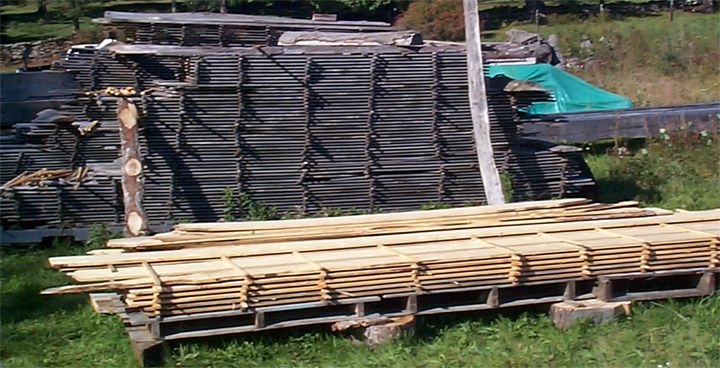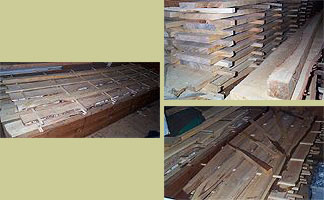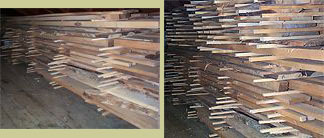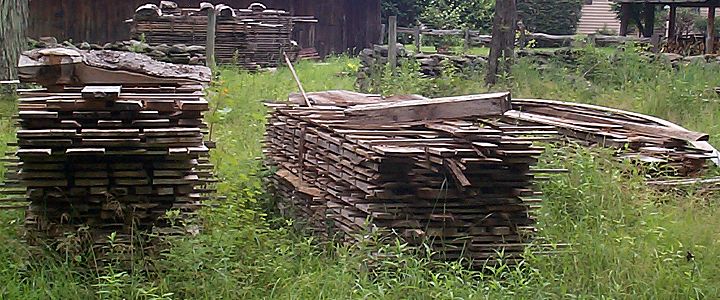

 |
linked pictures of hardwoods in garage Almost all of the hardwoods I've milled are stored in my Dad's barn. The barn has three garage bays, two standard roll up door type bays and an extra tall swinging double door bay that once housed my Grandfather's horse trailer. This third bay now houses a stack of black cherry and a long mixed stack that is predominately hickory but includes some of the longest maple and a few select softwood planks to fill gaps in rows. |

 |
 |

